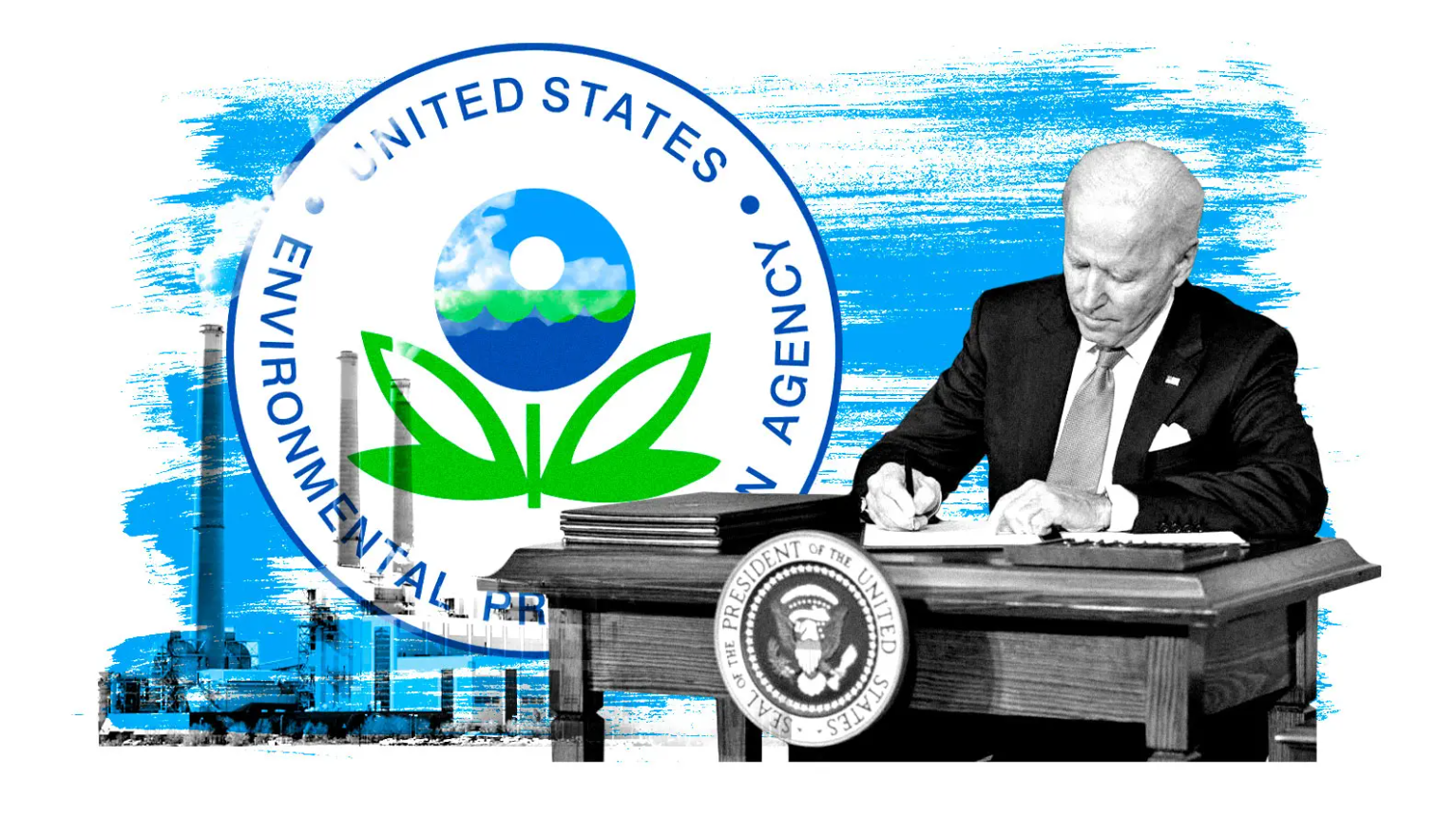
The Environmental Protection Agency (EPA) has introduced a national regulation to limit the presence of per and polyfluoroalkyl substances (PFAS) in drinking water, marking a significant step in addressing these harmful "forever chemicals." PFAS are synthetic compounds found widely in the environment and are known for their persistence. The new standards, requiring testing for six types of PFAS, aim to reduce exposure for approximately 100 million people, potentially preventing thousands of illnesses and deaths.
EPA Administrator Michael S. Regan emphasized the long-standing issue of PFAS contamination in drinking water and highlighted President Biden's commitment to providing clean and safe drinking water. The EPA is allocating $1 billion to states and territories to assist public water systems in complying with these new regulations, part of a more enormous $9 billion investment from the Bipartisan Infrastructure Law of 2021.
Despite the known health risks associated with PFAS exposure, such as reproductive problems, developmental delays, and cancer, the regulation covers only a tiny fraction of the thousands of PFAS chemicals in existence. Critics argue for a broader approach to regulating PFAS as a whole class of chemicals, questioning the necessity of their widespread use.
Water utility systems impacted by the regulation will have several years to test and implement treatment technologies to comply. The estimated cost of treating contaminated water is around $1.5 billion, but experts argue that the benefits of protecting public health outweigh these expenses.
While some progress has been made, significant political opposition from the chemical industry and water utilities has slowed federal regulation of PFAS. The new rules place a cleanup burden on water utility companies, with limited accountability for polluters. However, recent settlements, such as 3M's $10.3 billion agreement, indicate a growing recognition of the damage caused by PFAS contamination.
For individuals concerned about PFAS exposure, options include asking water utilities about testing procedures, conducting independent water tests, or using home water filtration systems.
Conclusion:
Water filtration systems provide one of the best solutions because immediate and affordable solutions are available.
Now is the time to protect your family.








Validate your login